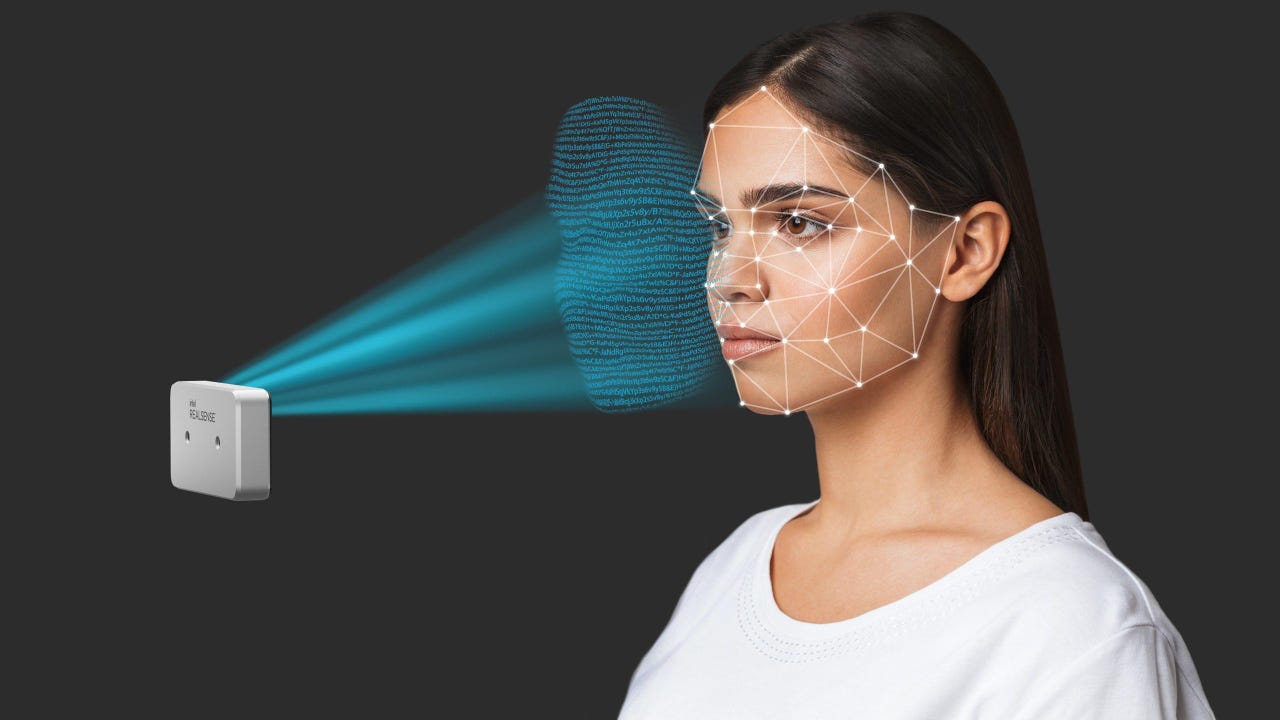Intel launches RealSense ID camera system for on-device facial recognition


Intel on Wednesday expanded its family of RealSense 3D cameras with an on-device system for facial recognition. Intel said its new RealSense ID camera system combines an active depth sensor with a specialized neural network designed to perform facial authentication on consumer-facing devices such as point-of-sale systems, ATMs and kiosks.
Featured
Introduced in 2014, Intel's RealSense 3D technology uses cameras to measure depth and enable computing systems to read facial expressions and gestures. This latest RealSense ID system takes that core technology and packages it in a way that makes it easier to use in retail and secure access control scenarios.
Facial recognition systems have grown increasingly controversial, with opponents of the technology often raising questions about the potential Orwellian-style scope and invasion of privacy that facial recognition presents. Intel attempts to get ahead of such criticism with promises that its RealSense ID system is "privacy driven and purpose built for user protection".
Intel said RealSense ID has built-in anti-spoofing technology that blocks any attempt of false entry through the use of photographs, videos or masks, and touts it as having a one-in-1-million false acceptance rate. The system also processes all facial images locally and encrypts all user data, Intel said.
"The solution is also only activated through user awareness and will not authenticate unless prompted by a pre-registered user," said Intel. "As with all Intel technology, we are working to ensure the ethical application of RealSense and the protection of human rights."
The RealSense ID system starts at $99 and will launch in Q1 2021.